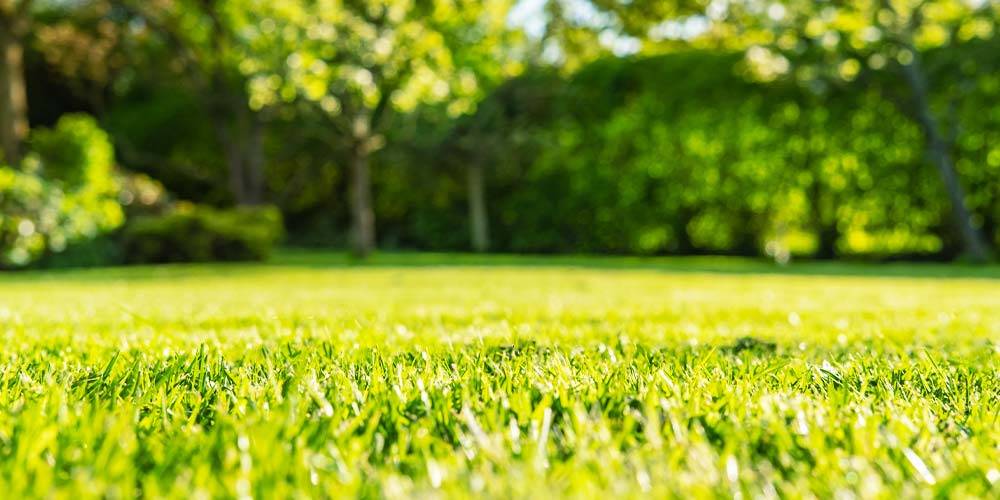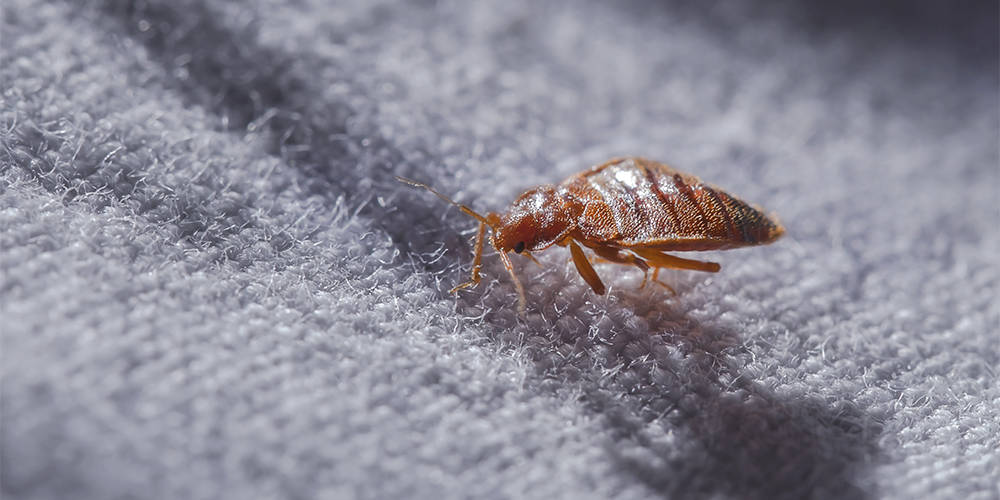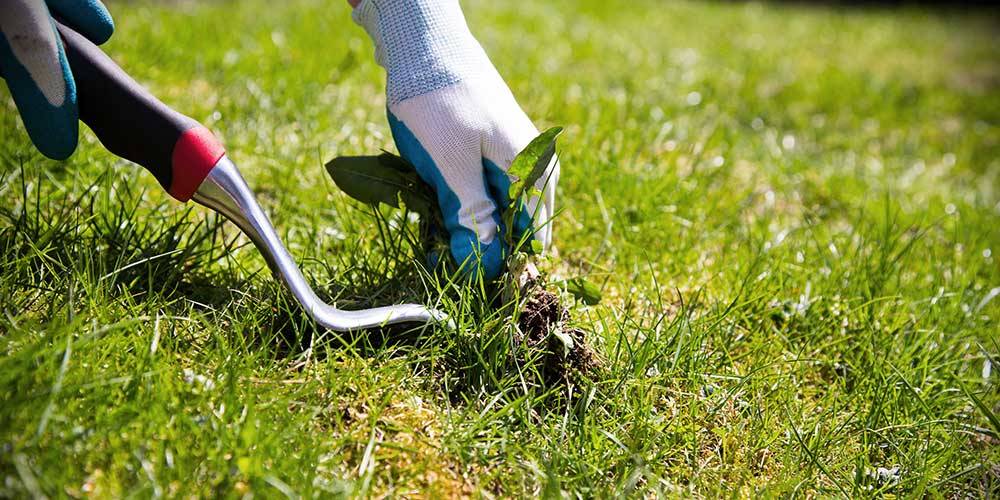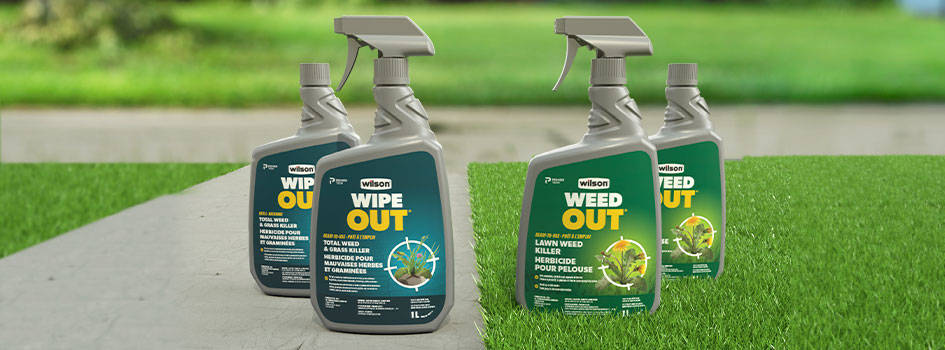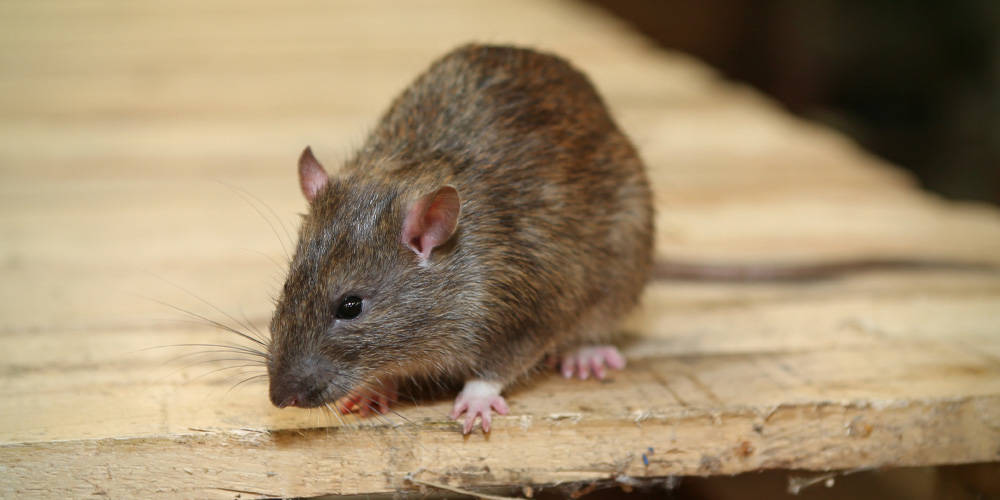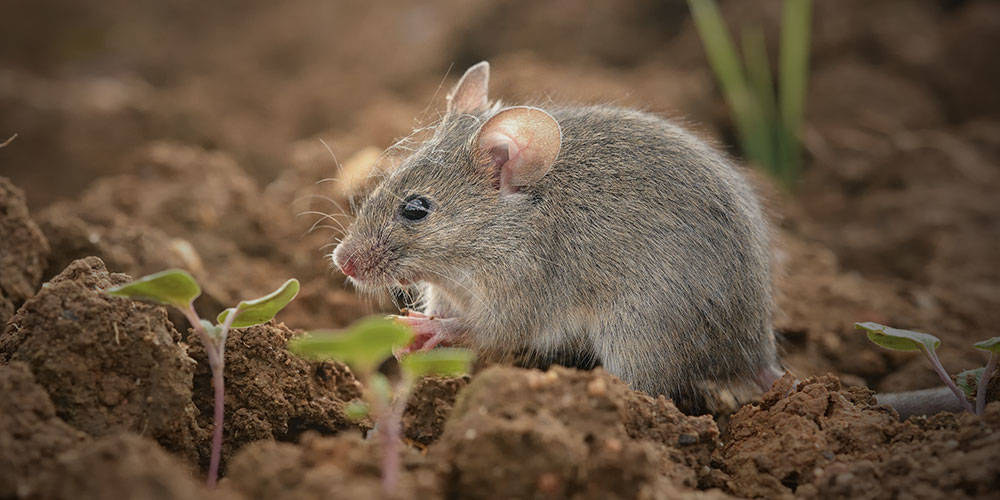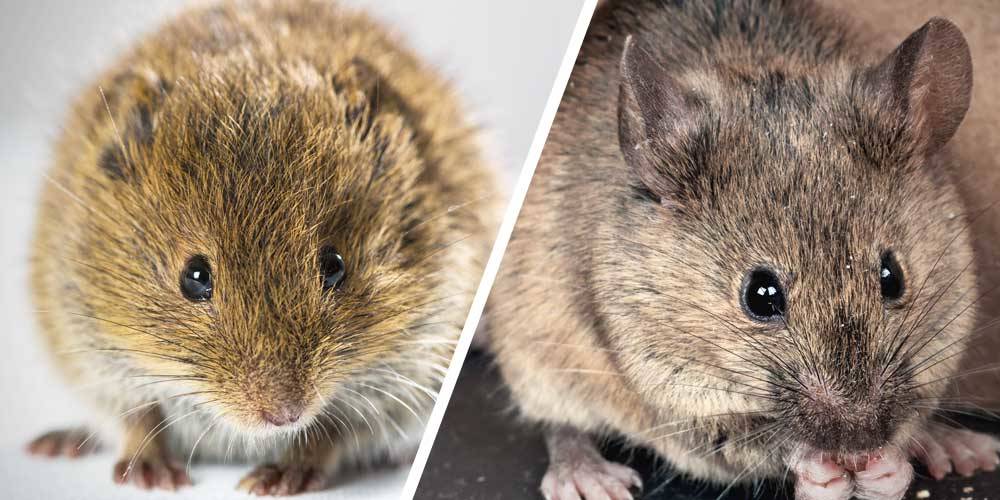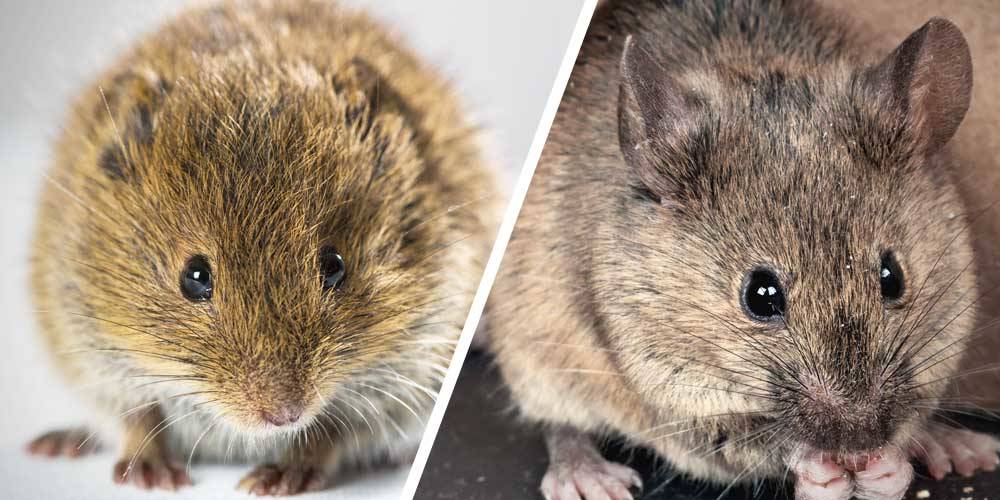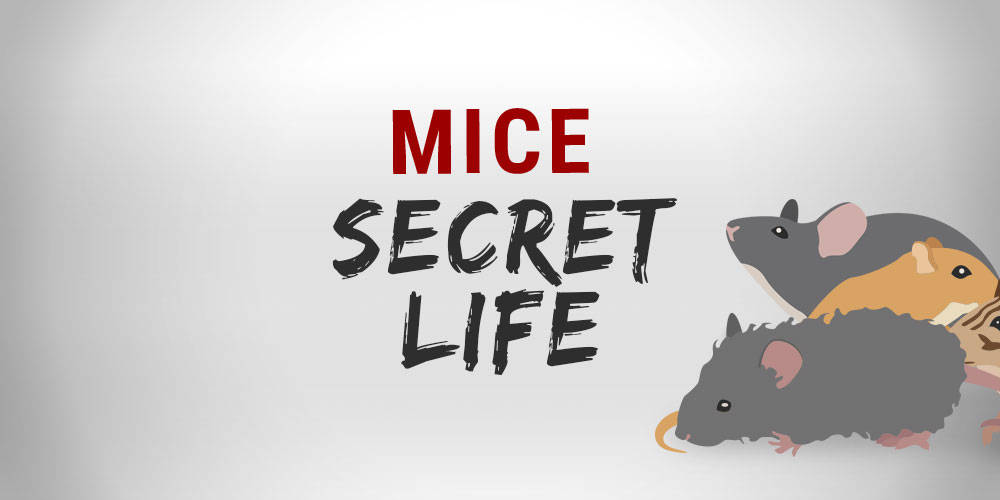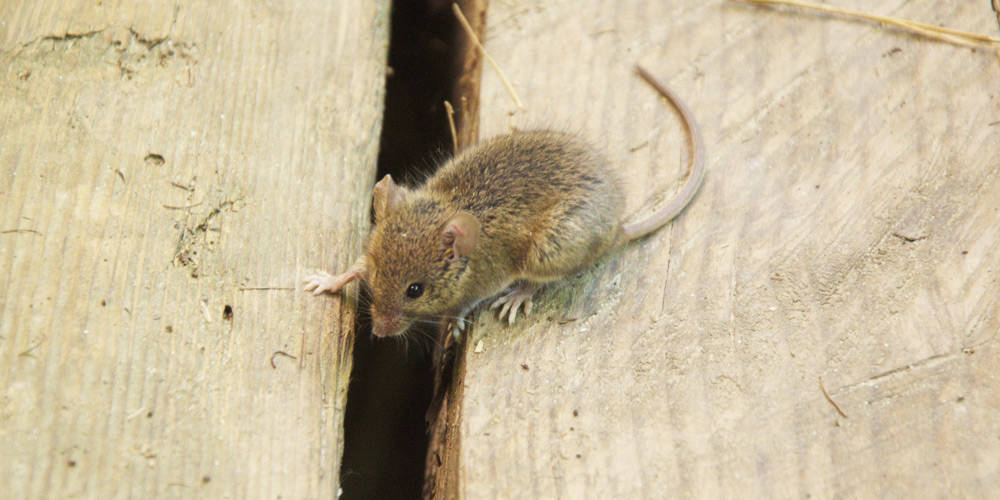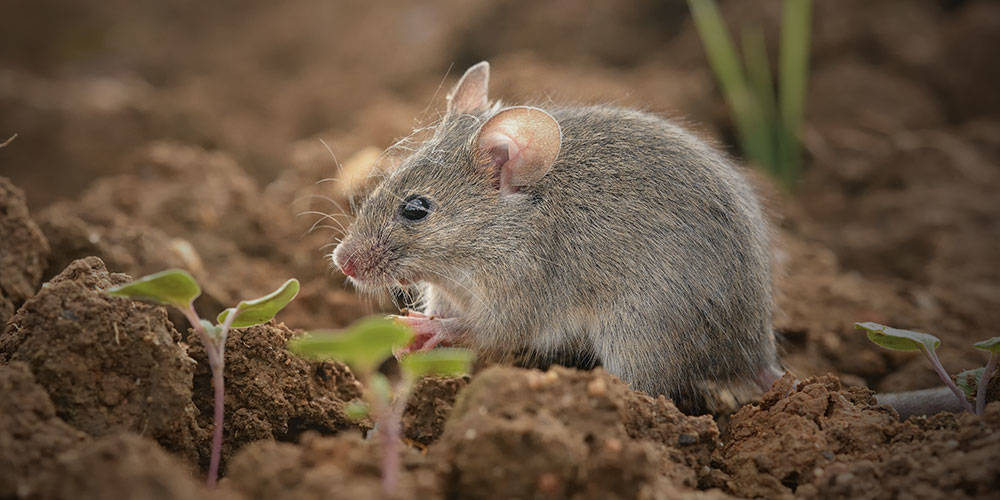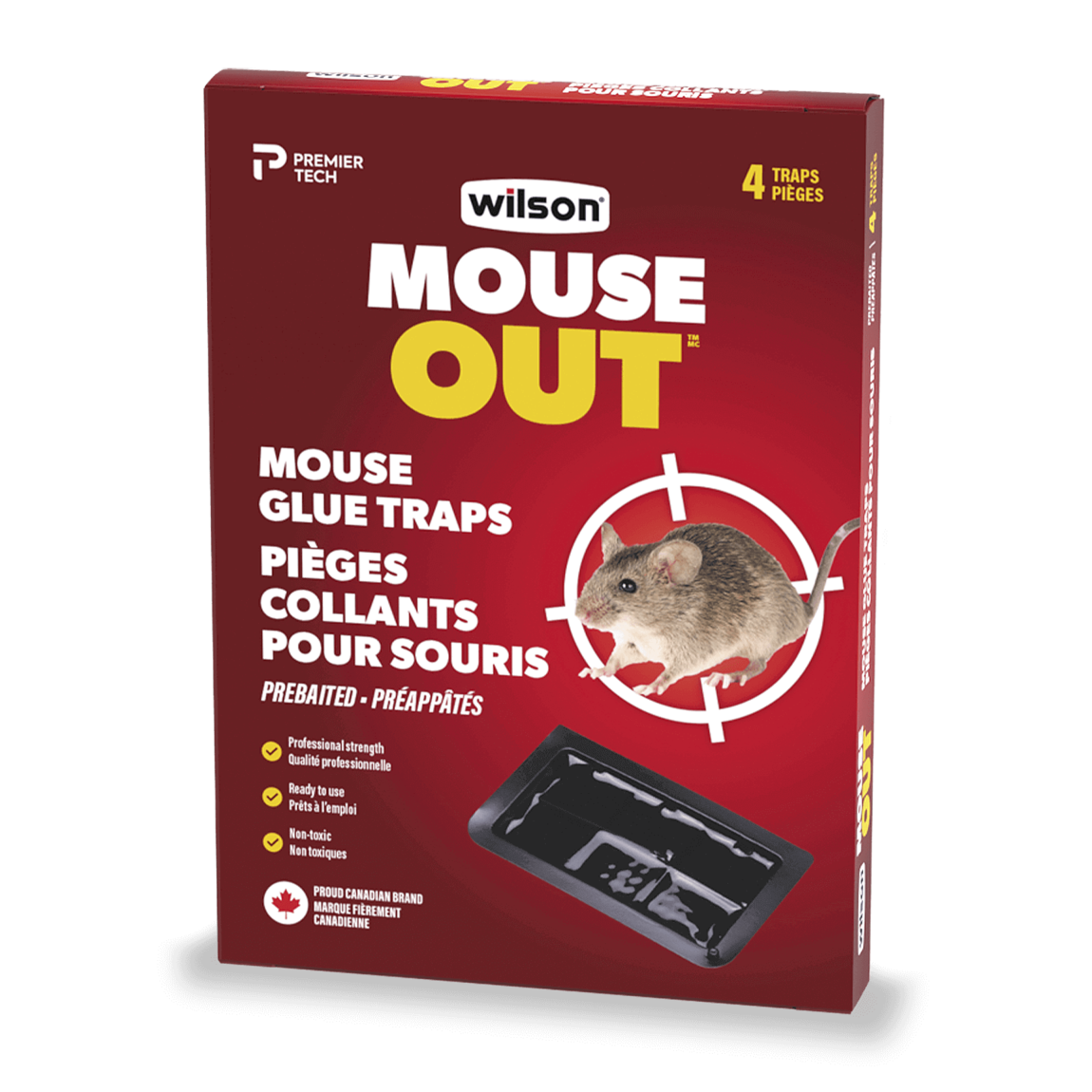

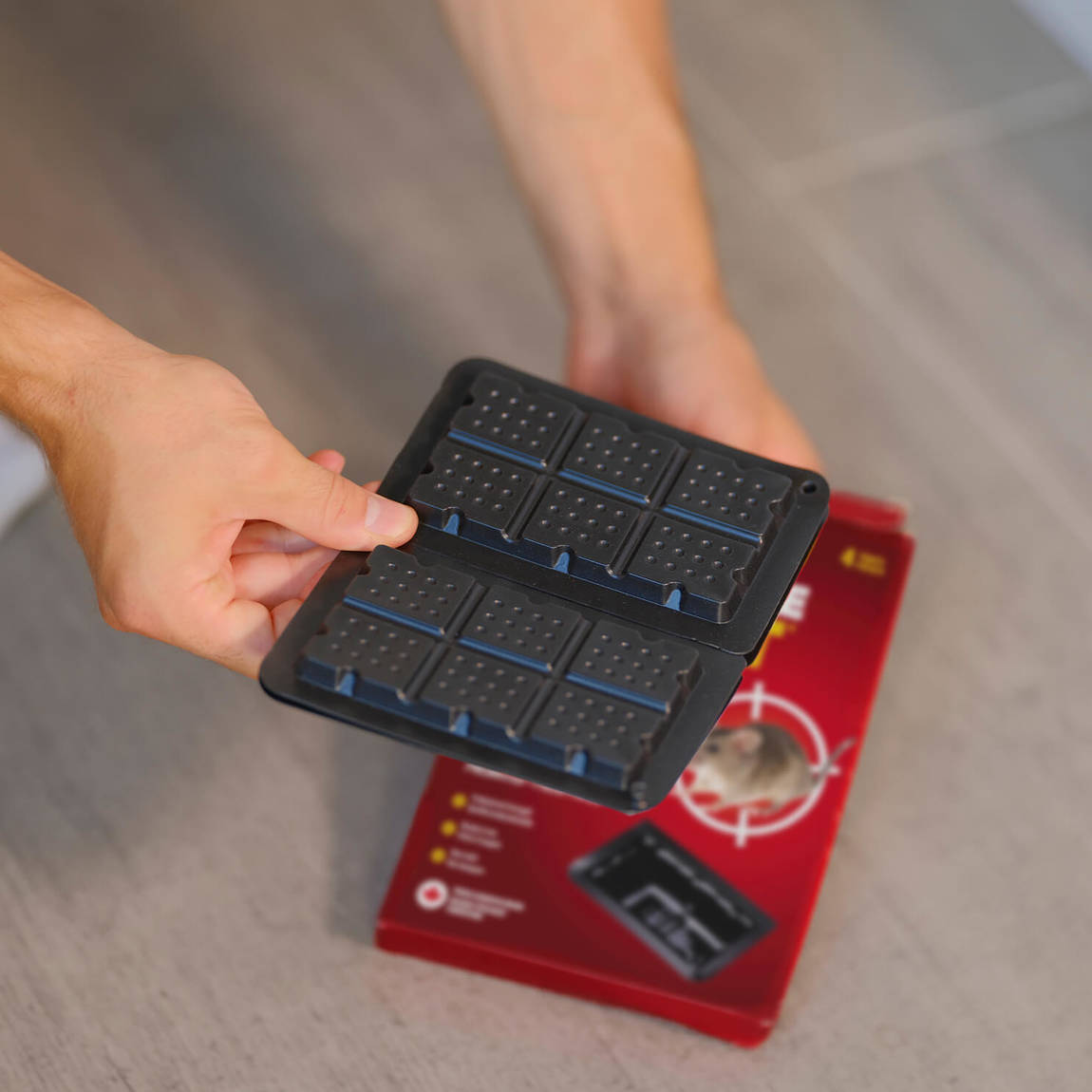

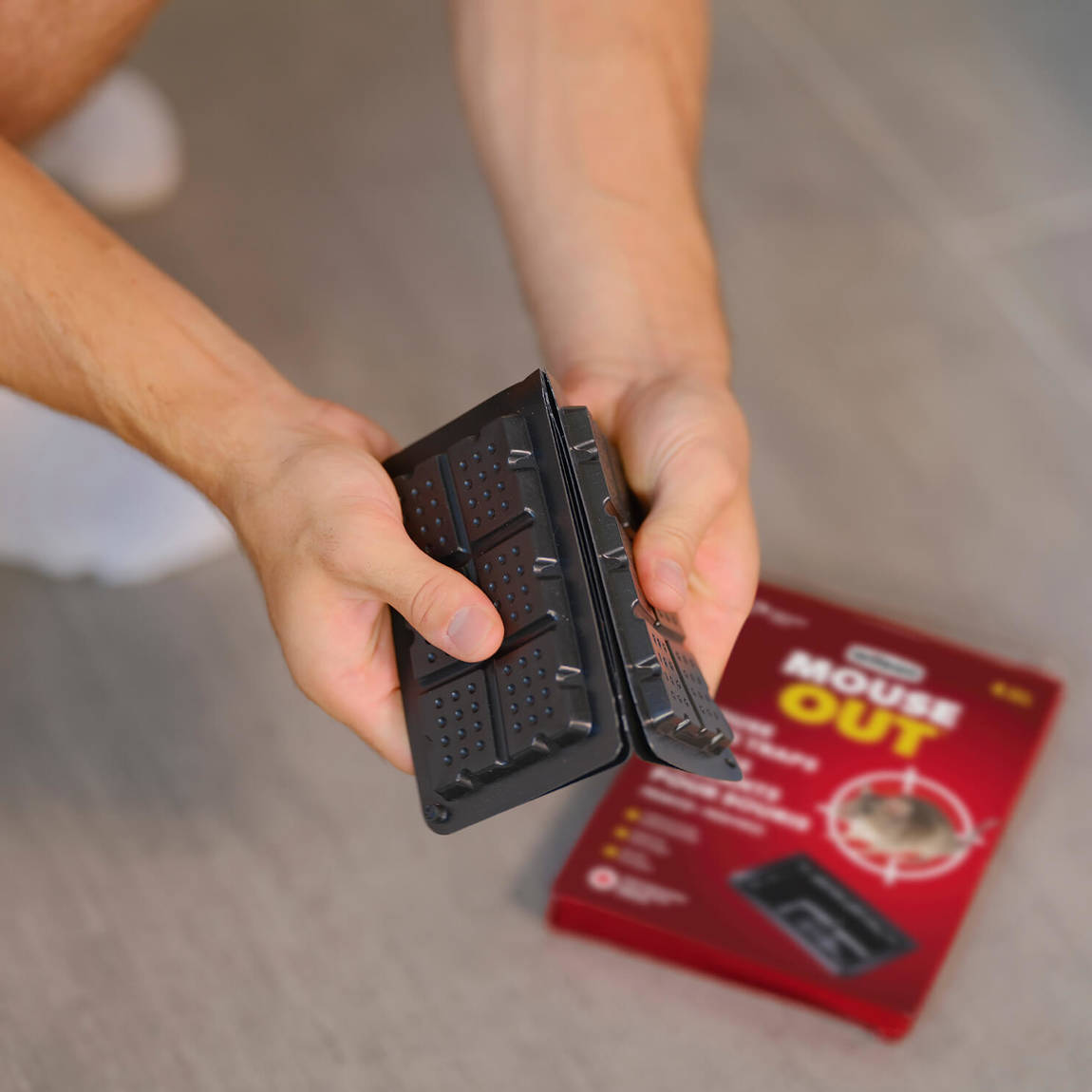

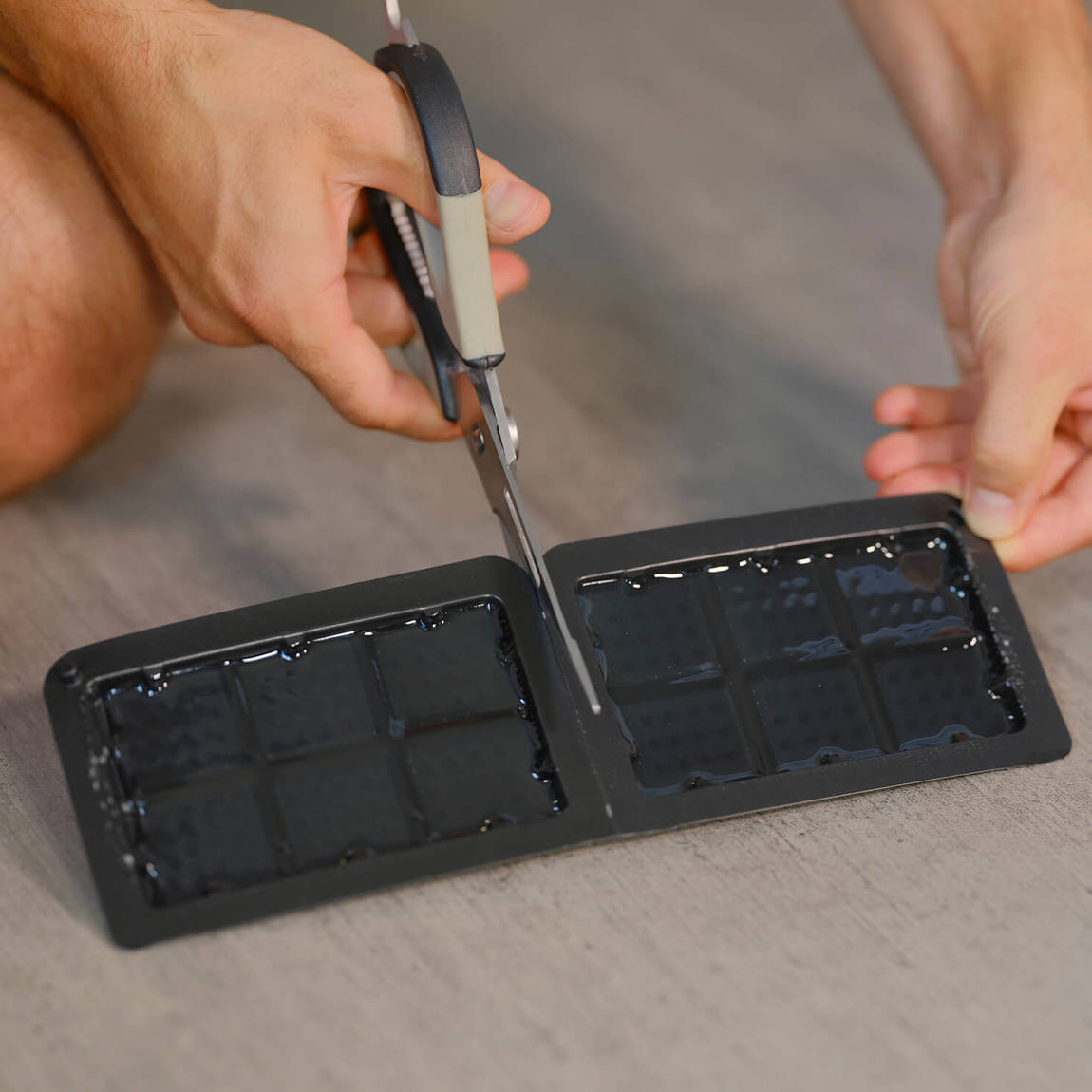

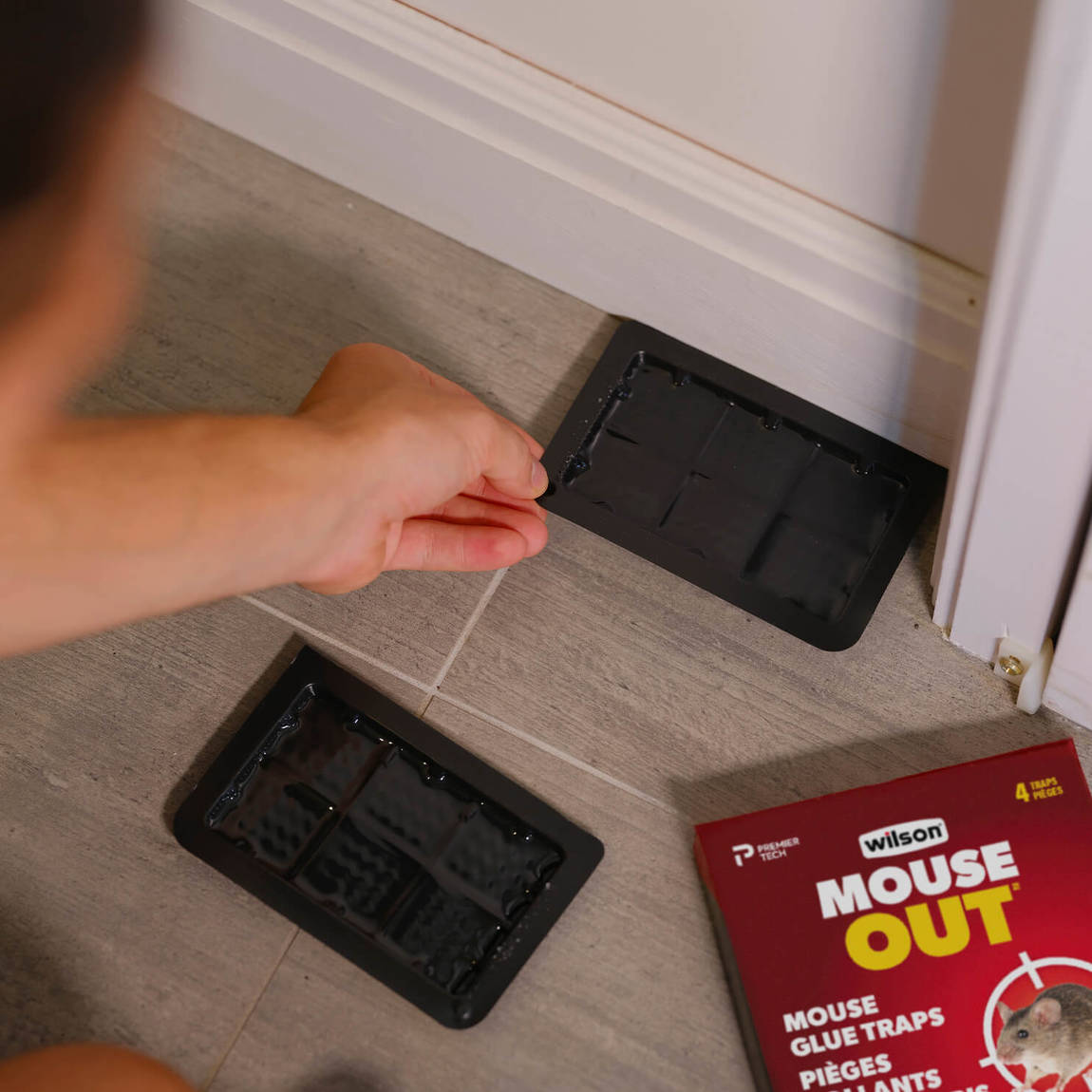

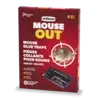
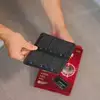
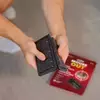
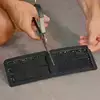
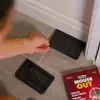
Wilson® MOUSE OUT™
Mouse Glue Traps
Former name: Wilson® PREDATOR® Mouse Glue Traps
When you’re facing a serious mouse infestation, you need every possible defense on your side. Wilson MOUSE OUT Glue Traps are non-poisonous, effective glue traps that catch mice where they run. Traps are prebaited with a fragrance and therefore no additional bait is necessary.
Ready to use and easy to use
Ready to use and easy to use
No poisons or chemicals
No poisons or chemicals
Effective glue traps
Effective glue traps
Prebaited
Prebaited
Where to use
Indoors
Outdoors
Suggested trap locations for mouse control
- In suspended ceilings
- In lofts and attics
- In kitchens and food preparation areas
- In closets
- In garages and outbuildings
- Under floorboards and in wall cavities
- Under garden structures
- In access points to buildings
- In or under greenhouses
- Near livestock
- Around water features
Effective against

Mice
Mice
Step 1
Open package and separate traps.
Step 2
Place with glue side face up on floors, against baseboards, walls, under sinks or near burrows.
Step 3
Place traps at intervals of 1.5 to 3 m (4.5 to 9 ft).
Step 4
Check traps daily or when noise is heard. If there is no catch within 2-3 days, move traps to a new location where rodents may be hiding.
Step 5
For best results, use several glue traps at a time.
Tips
- Mice have a natural tendency to run along walls, therefore greater success occurs when traps are located along baseboards and walls.
- If additional bait is added, do not use oil-based foods such as peanut butter as this will degrade the adhesive (and allow rodents to escape).
- Place additional bait in centre of trap.
- Protect traps from dust for maximum effectiveness. In case of contact with adhesive, use vegetable or mineral oil to remove from skin.
- Use paint thinner for easy cleanup on floors and other surfaces.
Warnings
- Keep out of the reach of children, pets and animals.
- Do not use in areas where birds or non-target animals may come into contact with traps.
- Avoid use in extreme heat or direct sunlight.
Dispose of the trap with the rodent in household garbage.
Store in a dry place.
For additional product information or in case of emergency, spills or fire, call toll-free 1-800-268-2608.
General precautions
- Keep out of reach of children and pets.
There are no active ingredients. Bait is made from foodstuffs.
Frequently asked questions about Wilson MOUSE OUT Mouse Glue Traps
Place with glue side face up on floors, against baseboards, walls, under sinks, where you suspect activity. If placed where there is activity, the pest gets stuck in the glue and cannot escape. If you want, you can put an additional bait in the centre of the trap to attract them.
The glue on the trap surface is not poisonous to people and pets. However, sometimes pets and humans can get the trap stuck on them. Care must be taken to place traps in areas inaccessible to them.
- Open package and separate traps.
- Place with glue side face up on floors, against baseboards, walls, under sinks or near burrows.
- Place traps at intervals of 1.5 to 3 m (4.5 to 9 ft).
- Check traps daily. If there is no catch within 2-3 days, move traps to a new location where rodents may be hiding.
- For best results, use several glue traps at a time.
Always put MOUSE OUT Mouse Glue Traps in areas where there is a lot of activity. If you see mouse droppings, this is a sign that traps should be placed in that room. Place traps along the walls and edges of your room. Mice aren’t likely to go through the centre of the room unless they are being chased. Instead, they tend to scurry along the edges of your room. Put traps along the walls near entry points like doors and windows.
Move your traps to different areas if no mice have been caught within a few days of putting them in place. Sometimes you have to experiment with placement to figure out what will work. It is essential to trap as many mice as possible in order to rid your home of a possible infestation quickly.
Although one mouse is not considered an infestation, you need to consider that a single female can have 5-10 litters a year, with 6-8 babies each time. A newborn female mouse can start breeding at 6 weeks of age.It is important to nip the problem before it escalates!
Haven't found the answer to your question?
We are here to help you!
Similar rodent controls
To help you kill mice
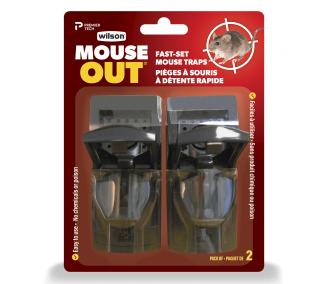
MOUSE OUT
Fast Set Mouse Traps
Easy-to-set, reusable traps that kill mice without the use of chemicals or poison. Dead rodents can be disposed of without touching them.
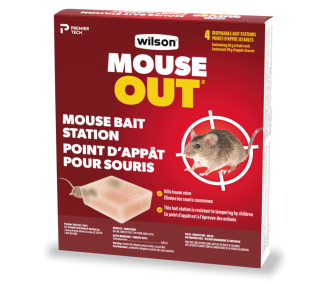
MOUSE OUT
Mouse Bait Station
Single-use stations that contain 20 g of bait that controls and kills mice quickly. Certified child-resistant and tamper-proof.
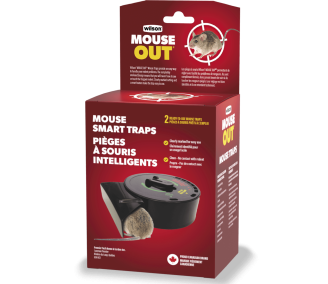
MOUSE OUT
Mouse Traps (Smart trap)
Learn more about the smart mouse trap from Wilson Control with a design that shows you when a mouse is caught. The traps are silent and can be set anywhere.
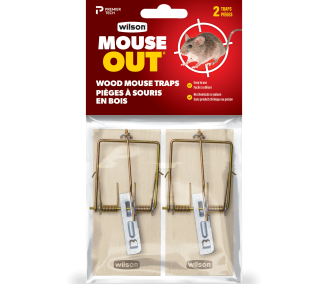
MOUSE OUT
Wood Mouse Traps
Top-quality hardwood traps that effectively control mice indoors without the use of poison or chemicals. Easy to use.
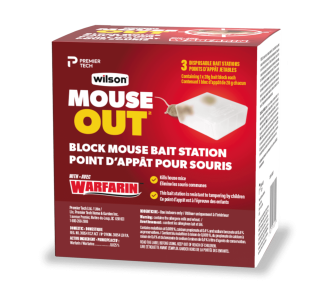
MOUSE OUT
Warfarin Block Mouse Bait Station
Purchase warfarin-block-mouse-bait today to keep rodent population under control. Comes in child-resistant bait station. Safe when used.
